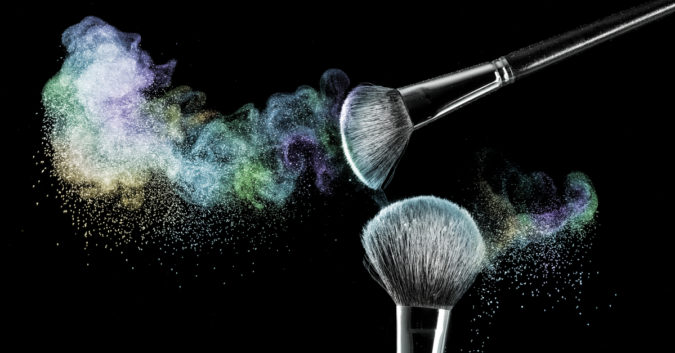On Jan. 6, a panel of experts from 8 different federal agencies delivered a set of recommendations sure to send shockwaves through the cosmetic talc industry. For the first time since 1971, manufacturers may be required to change the way they screen talc for asbestos.
It’s about time.
Many people in the asbestos prevention community have been advocating for more accurate talc testing standards. This is because asbestos occurs naturally with talc and other minerals in rocks underground. Most companies mine for talc by blasting in an open pit.
Given the severe health risks posed by asbestos exposure and the obvious potential for talc to be contaminated, it raises the question: Why weren’t talc mining and manufacturing companies already using the best testing methods available?
The answer, according to a Reuters investigation published at the end of last year, is: successful lobbying. Internal documents that came to light in recent talc lawsuits have allowed reporters to put the pieces together. Once industry scientists realized they could never completely purify talc of asbestos, they convinced the federal government to allow less-sensitive tests.
For decades, it appeared that talc was asbestos-free. Yet people continued to get sick from asbestos-related diseases like mesothelioma. Thousands of people have filed talc lawsuits, alleging that their asbestos-related disease is the result of using cosmetic talc products.
For their part, manufacturers insist that their cosmetic talc products are safe. After the Food and Drug Administration (FDA) found asbestos in a bottle of Johnsons’ Baby Powder®, maker Johnson & Johnson disputed the findings.
The FDA will hold a hearing about the expert panel’s recommendations on Feb. 4. The ultimate goal is to develop standardized testing methods for talc that will truly keep people safe from asbestos exposure.
Who Is on the Expert Panel?
The expert panel was assembled as part of the Interagency Working Group on Asbestos in Consumer Products (IWGACP). Every agency participating in the IWGACP has expertise in asbestos health issues, asbestos testing, and/or regulates consumer products that have talc as an ingredient.
The agencies are:
- Food and Drug Administration (FDA)
- National Institutes for Occupational Safety and Health (NIOSH)
- National Institute of Health (NIH)/ National Institute of Environmental Health Sciences (NIEHS)
- Occupational Safety and Health Administration (OSHA)
- Environmental Protection Agency (EPA)
- Consumer Product Safety Commission (CPSC)
- National Institute of Standards & Technology (NIST)
- Department of Interior’s U.S. Geological Survey (USGS)
IWGACP was formed by the FDA in 2018 as a response to several voluntary recalls of cosmetic talc products due to asbestos contamination. Their main goal is to support the development of testing standards for asbestos and other toxins in talc that could jeopardize consumer safety.
What Were the Key Findings and Recommendations for Talc Testing?
After reviewing the current testing standards, the IWGACP recommended updating the nearly 50-year-old rules governing how talc should be screened for asbestos.
To protect public health, the panel “strongly” recommends that labs use transmission electron microscopy (TEM) to test their talc for asbestos. This is a much more effective test than the current required methods, which include X-ray diffraction (XRD), infrared spectroscopy, and polarized light microscopy (PLM).
The current testing methods have “shortcomings in sensitivity,” according to the panel. This means that even when labs test talc for asbestos by the book, they will sometimes fail “to detect finely-sized particles of asbestos and similar minerals even when they are present in talc.”
Any level of asbestos in a cosmetic product is worrisome to regulators and consumers. Baby powder, eyeshadow, and lipstick are used on sensitive areas of the body. This creates a serious health issue because there is no safe level of asbestos exposure. In addition, many of these talc products are used daily, which further increases the risk to consumers.
Identifying Asbestos in Talc
Another one of the major changes proposed by the panel deals with how to identify asbestos. They talked about the difficulty labs have with determining whether certain particles in talc are asbestos fibers or whether they are “particles resembling asbestiform fibers.”
The panel argued that, even though these troublesome particles are not asbestos, they can cause similar health problems if they enter the body. “Because both types of elongate minerals are suspected of having biological activity with similar pathological outcomes,” they wrote, “the distinction is irrelevant.”
Additionally, they pushed for tighter reporting standards that follow the new “counting rules” about what qualifies as asbestos.
Taken together, the recommendations from the IWGACP signal the end of a long and troubled era where the cosmetic talc industry has been allowed to police itself. Hopefully, the agency will act on the recommendations offered by the IWGACP. Such actions would finally ensure cosmetic talc companies are doing everything in their power to keep consumers safe.
